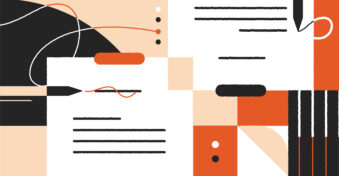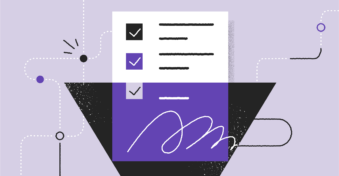Have you ever wondered what liability waivers are and what happens when you sign one? You’re not alone, and we’re here to give you a brief tour of what is involved. Liability waivers protect businesses from potential legal repercussions should an injury occur at their location, or in the process of rendering a customer its services.
Businesses like gyms or other operations that offer high-risk activities, e.g. sky diving, kickboxing, a safari tour, etc. typically make use of liability waivers, but they’re relevant for any industry where injuries can occur.
Business owners in Great Britain often wonder how much protection, if any, a liability waiver offers them. One issue with a liability waiver is when businesses fail to inform customers of the fine print. Customers should always understand what they’re agreeing to, as well as the risks involved.
What is a Liability Waiver?
The goal of a liability waiver is to protect a person or business from legal consequences should someone be harmed while participating in an activity or receiving a service.
The biggest difference between a liability waiver and a release of liability is the transfer of ownership. A waiver extinguishes rights altogether, while a release simply transfers them to another party.
For example, a karate student might be asked to sign a release form rather than a waiver. This would shift the responsibility for any injuries away from the karate studio and onto the student.

What Are the Different Types of Release Forms?
There are different release forms for different situations. Here are some of the most common ones:
- General Release: A sweeping release from all civil claims that may result from a dispute.
- Debt Settlement: An agreement between lender and borrower that allows the borrower to pay less than the full amount owing.
- Motor Vehicle Accident: Specific for claims that may result from a motor vehicle accident.
- Activity Waiver & Release: An agreement between the party providing an activity or service and the person who wants to participate in the activity or receive the service that releases the provider from any liability claims.
- Damage to Personal Property: A release of the property owner’s rights to pursue a civil claim should damage occur to their property.
- Personal Injury: A general release that protects one party from liability should a personal injury occur to the other party.
- Mutual Release: An agreement between two parties to release each other when both parties believe the other is to blame for damage or injuries that have occurred.
Is a Waiver of Liability Legally Enforceable in the UK?
Waivers of liability are generally valid and enforceable in the UK, but there are some exceptions.
Should injury or death result because of a business owner or organizer’s negligence, a waiver would not protect from liability. That means if someone sustains an injury or dies as a result of your or someone in your organization’s negligence, they will likely be able to pursue legal action.
Here are some specific factors that courts typically consider before enforcing these types of liability agreements:
- The person’s opportunity to read the waiver fully and their capacity to understand what the waiver entails.
- The circumstances of how and when the waiver was presented to the person.
- The person’s experience level with the activity.
- The person’s familiarity with the locale or facility.
- Whether or the wording of the waiver is clear or ambiguous.
In summary, in order for a waiver to be legally enforceable, it’s important that they be accurate, comprehensive, and appropriately convey the key details to the party that will be signing the document.
Final Thoughts
When liability is a possibility, UK businesses are best served by making use of waivers. The old-school way of creating waivers can be time-consuming and inefficient which is why many modern businesses are using digital waiver management solutions like PandaDoc Waivers.


